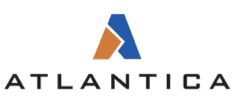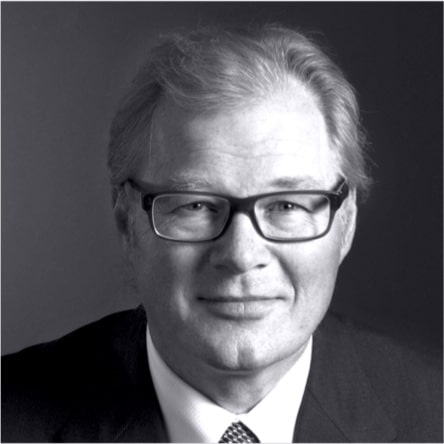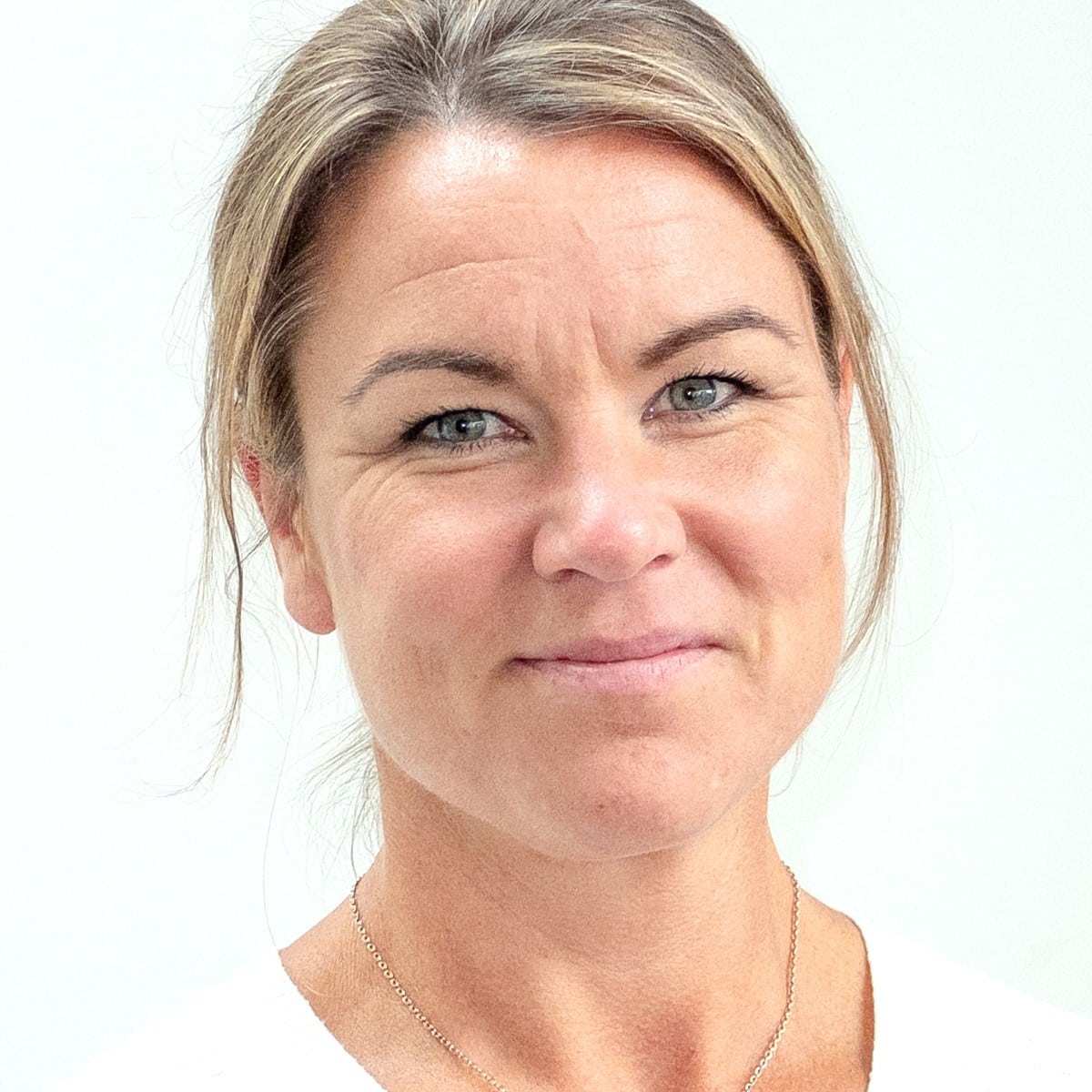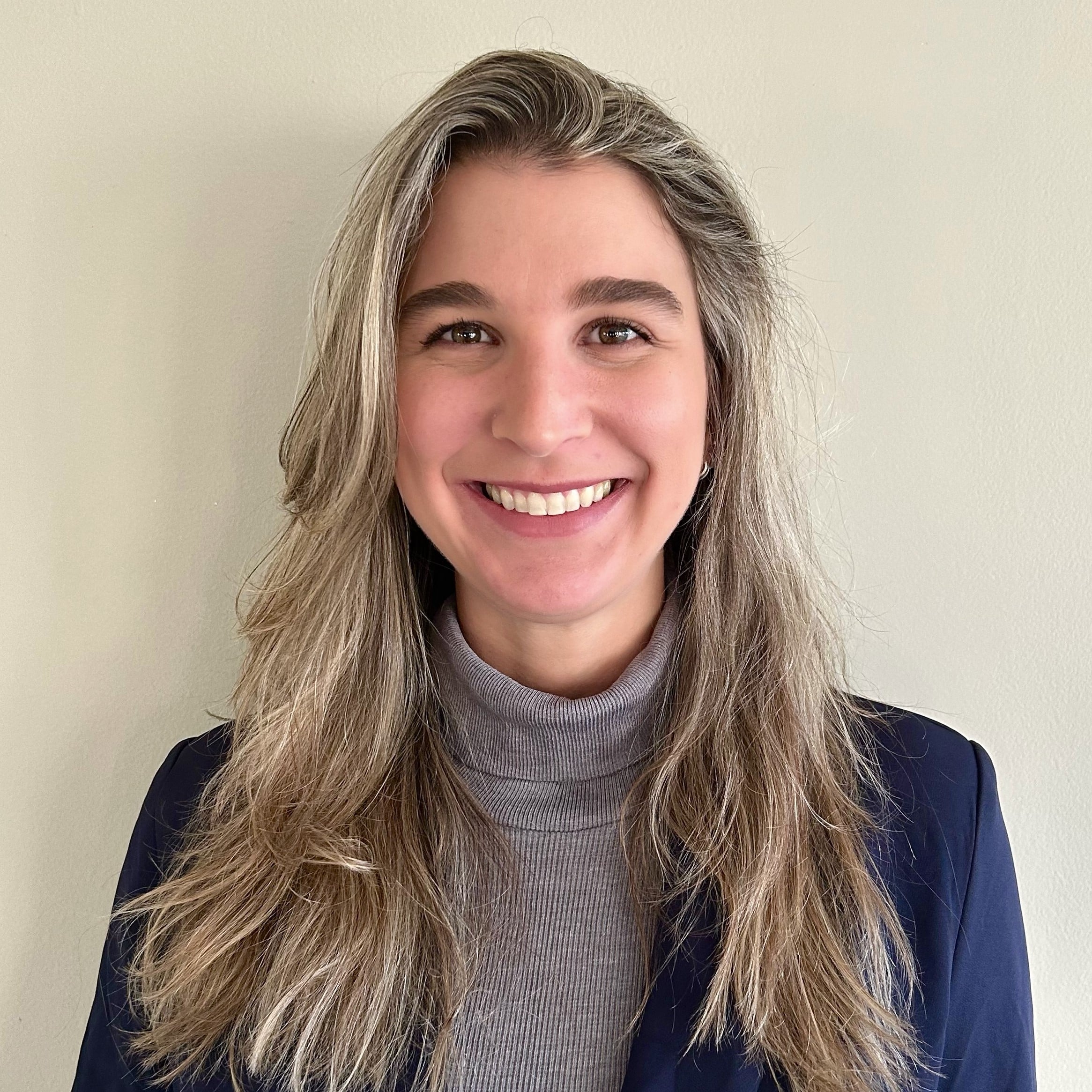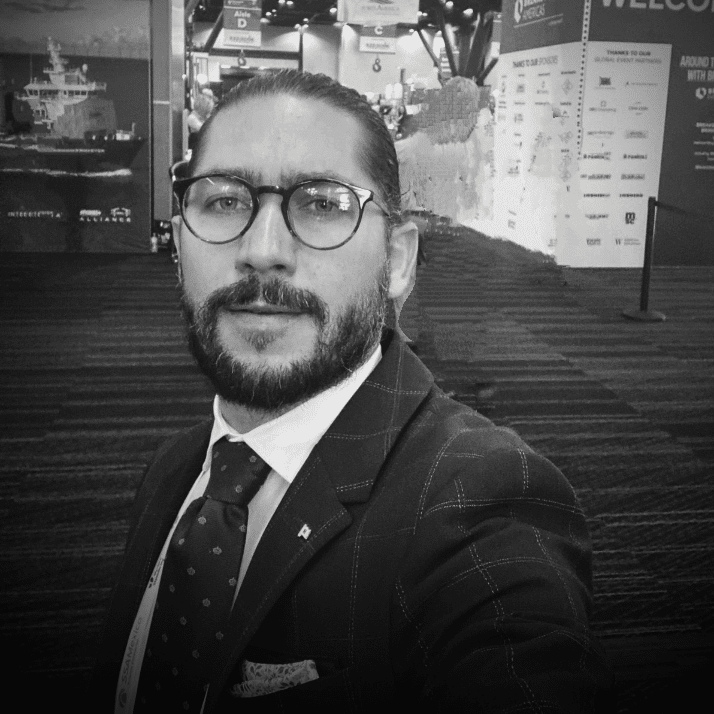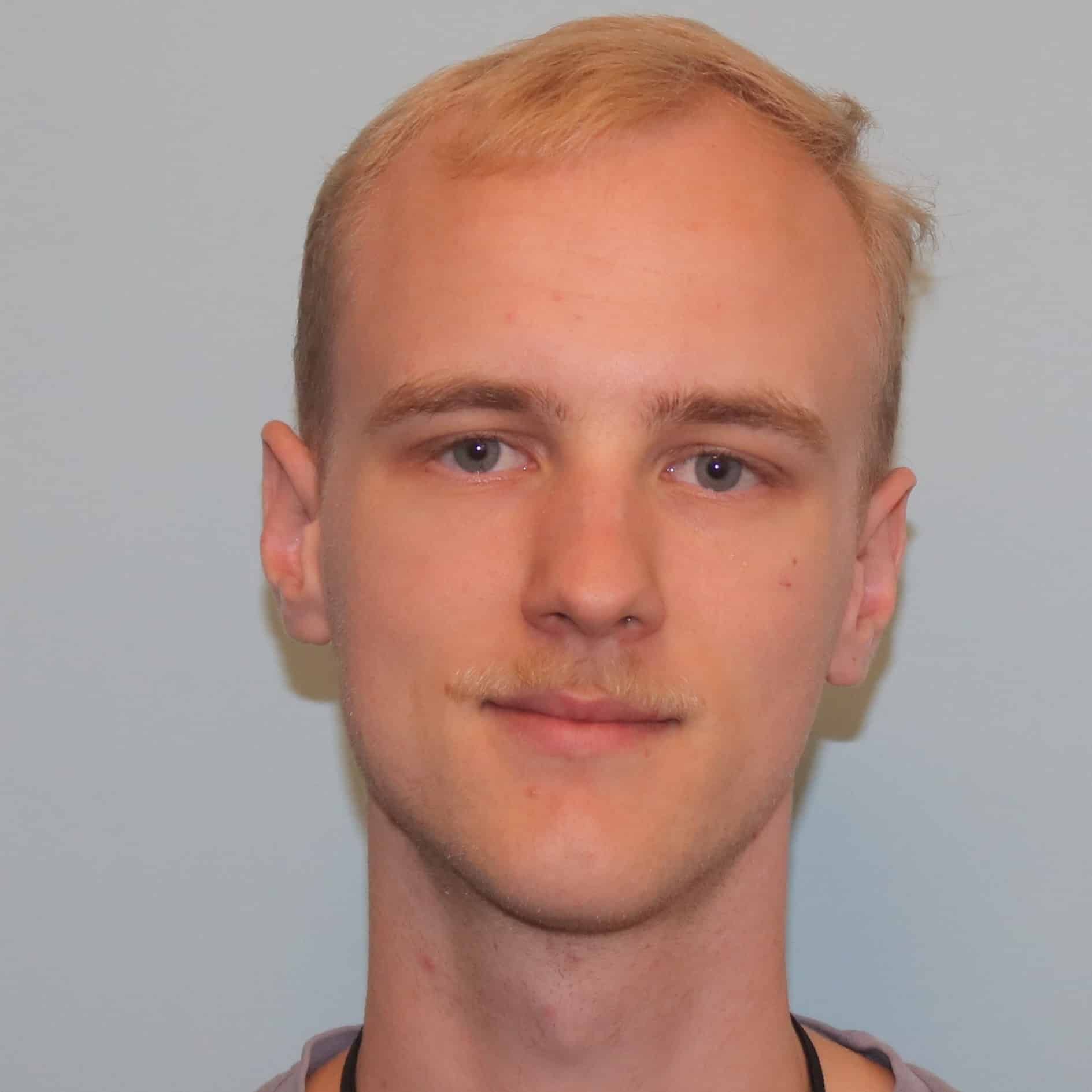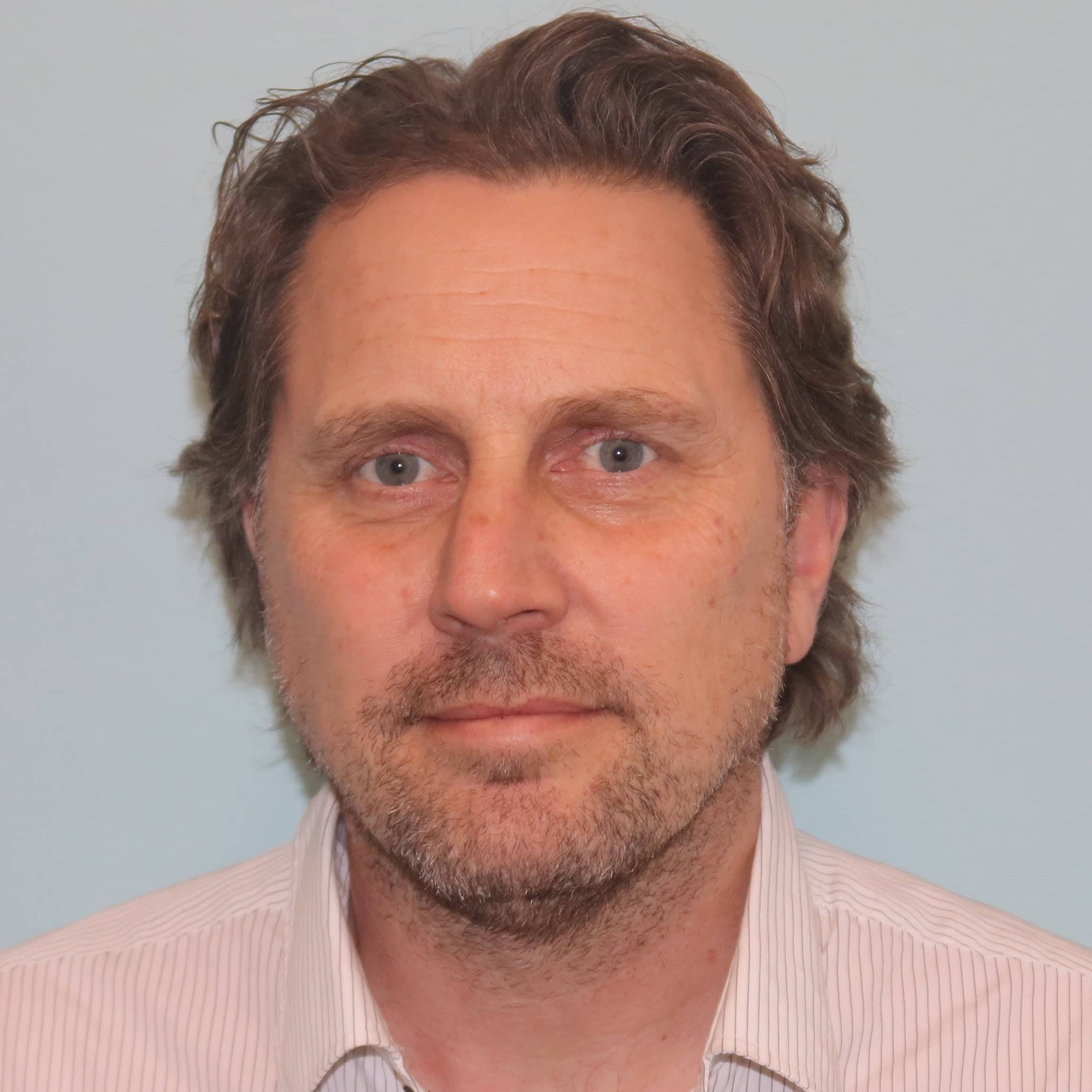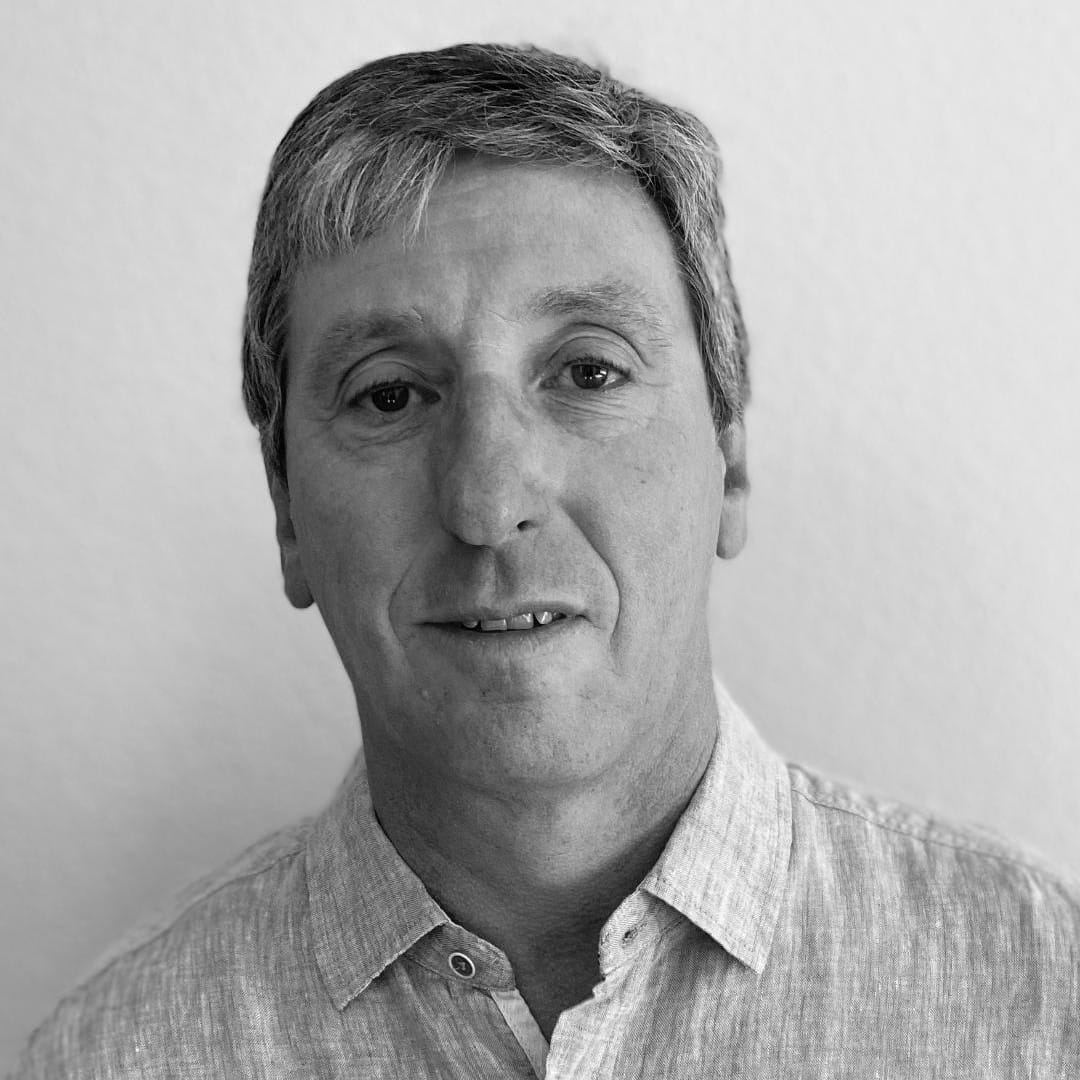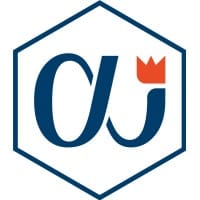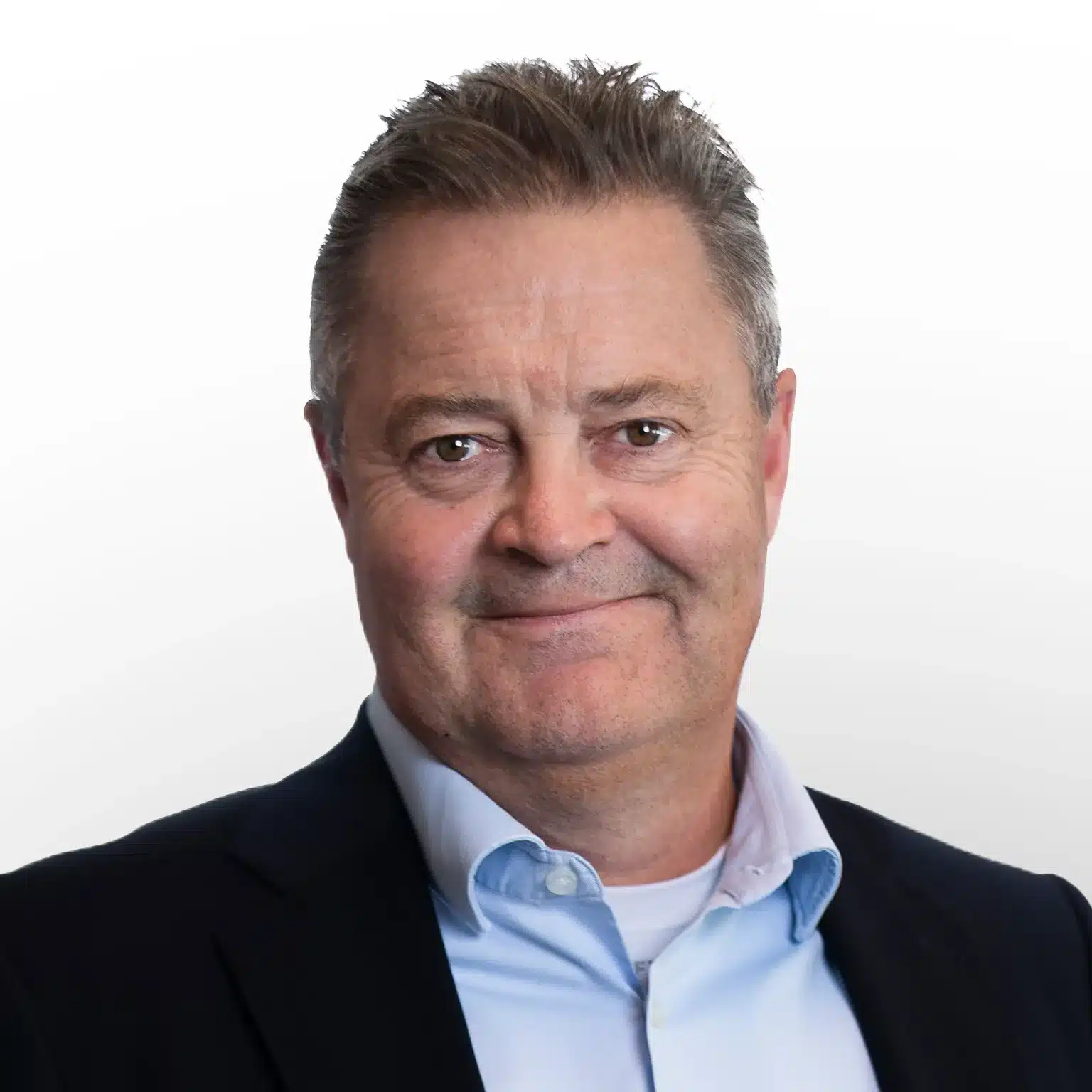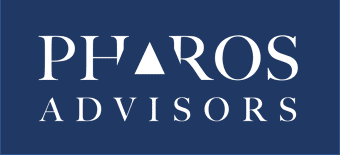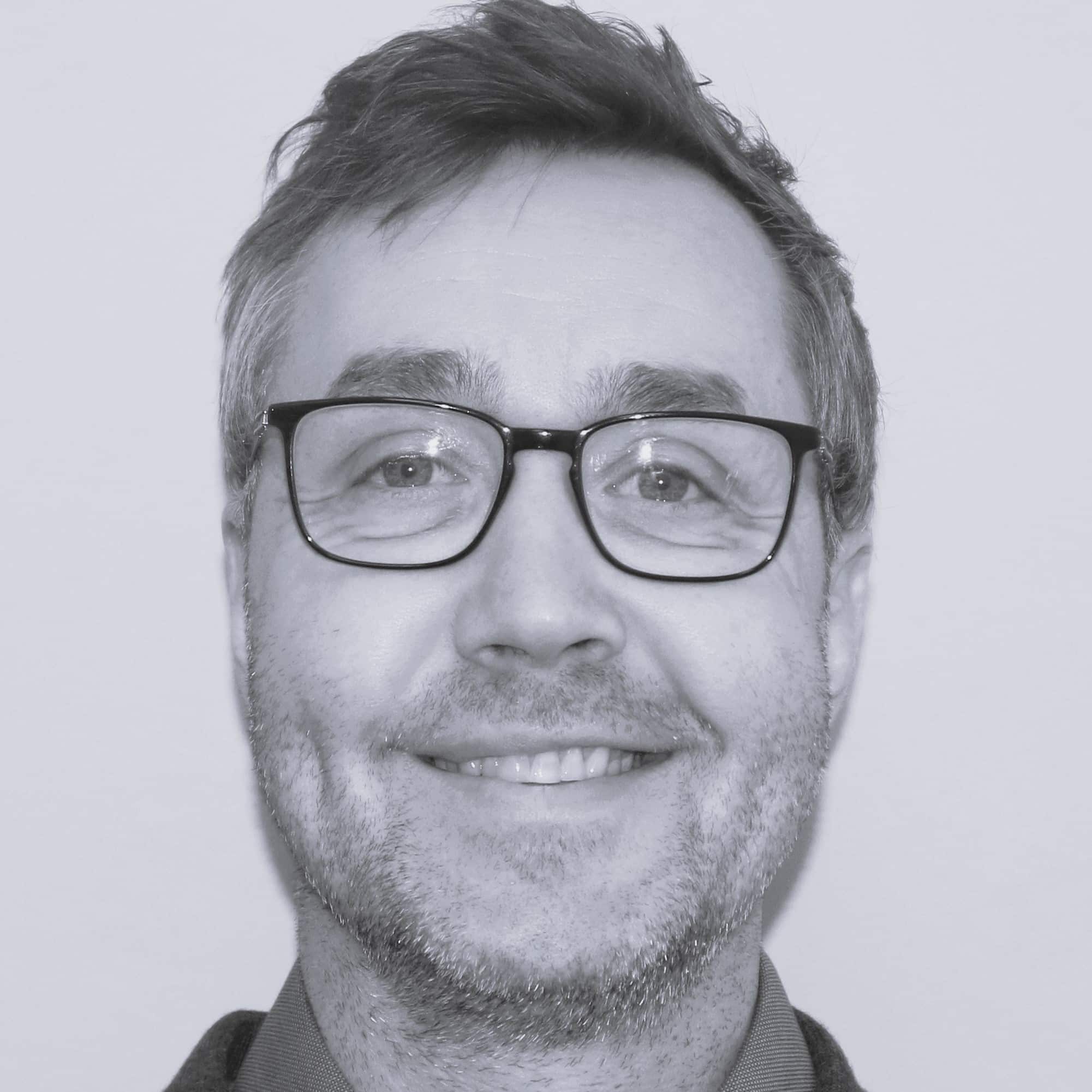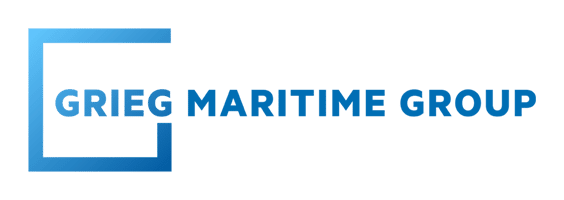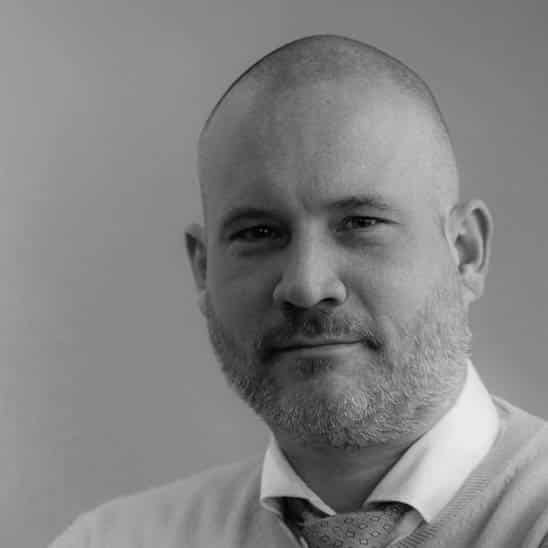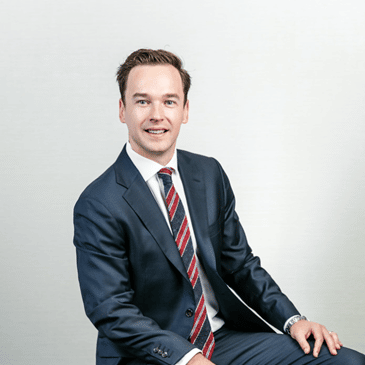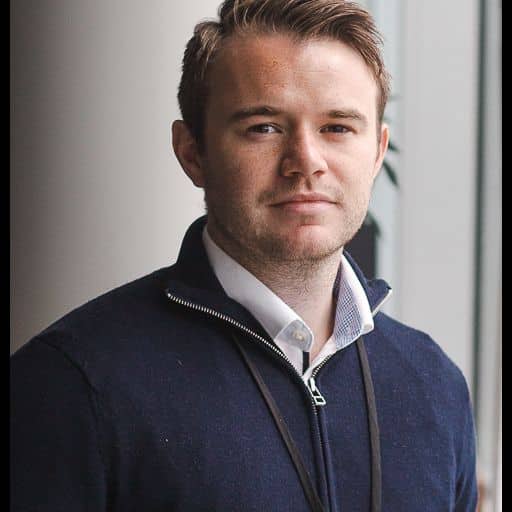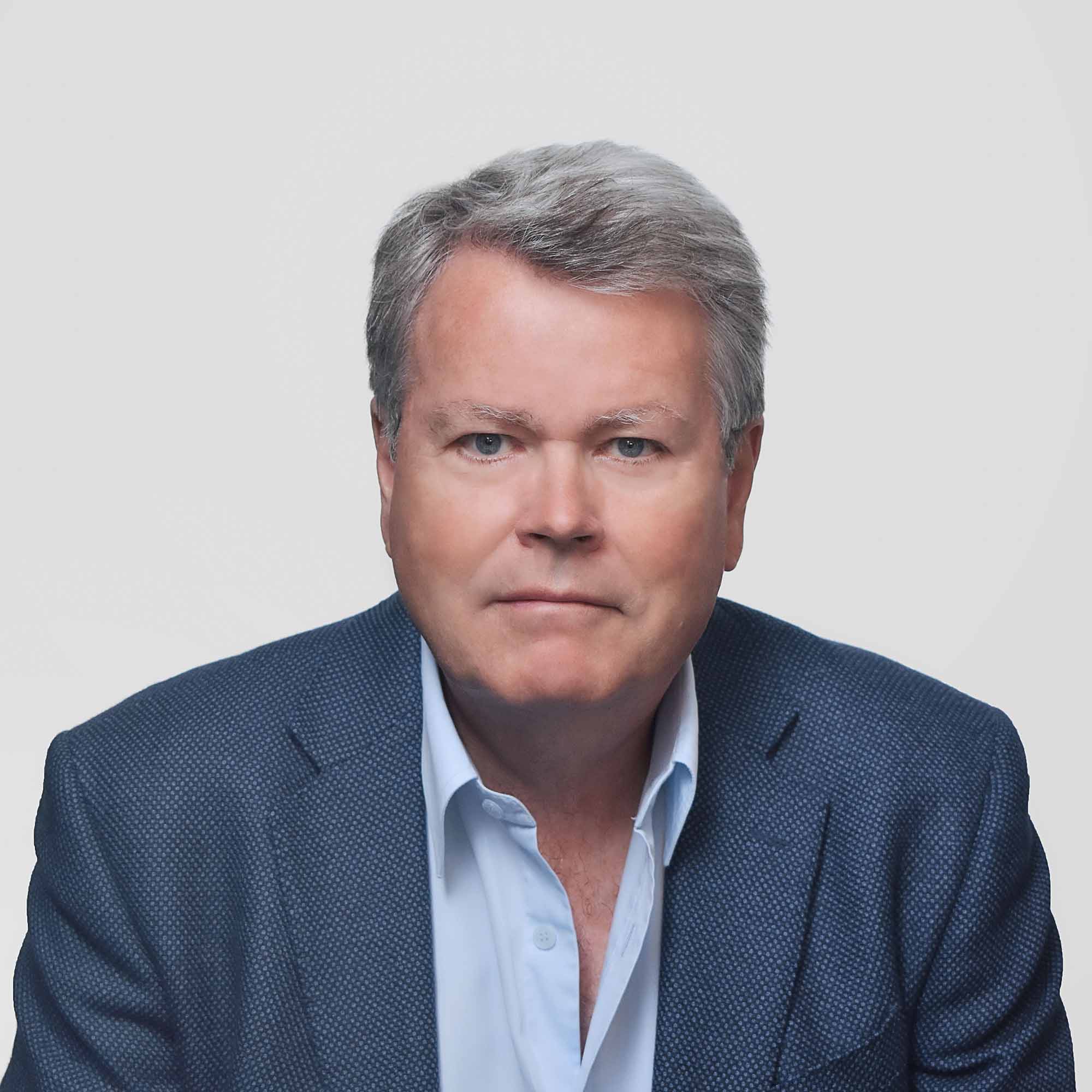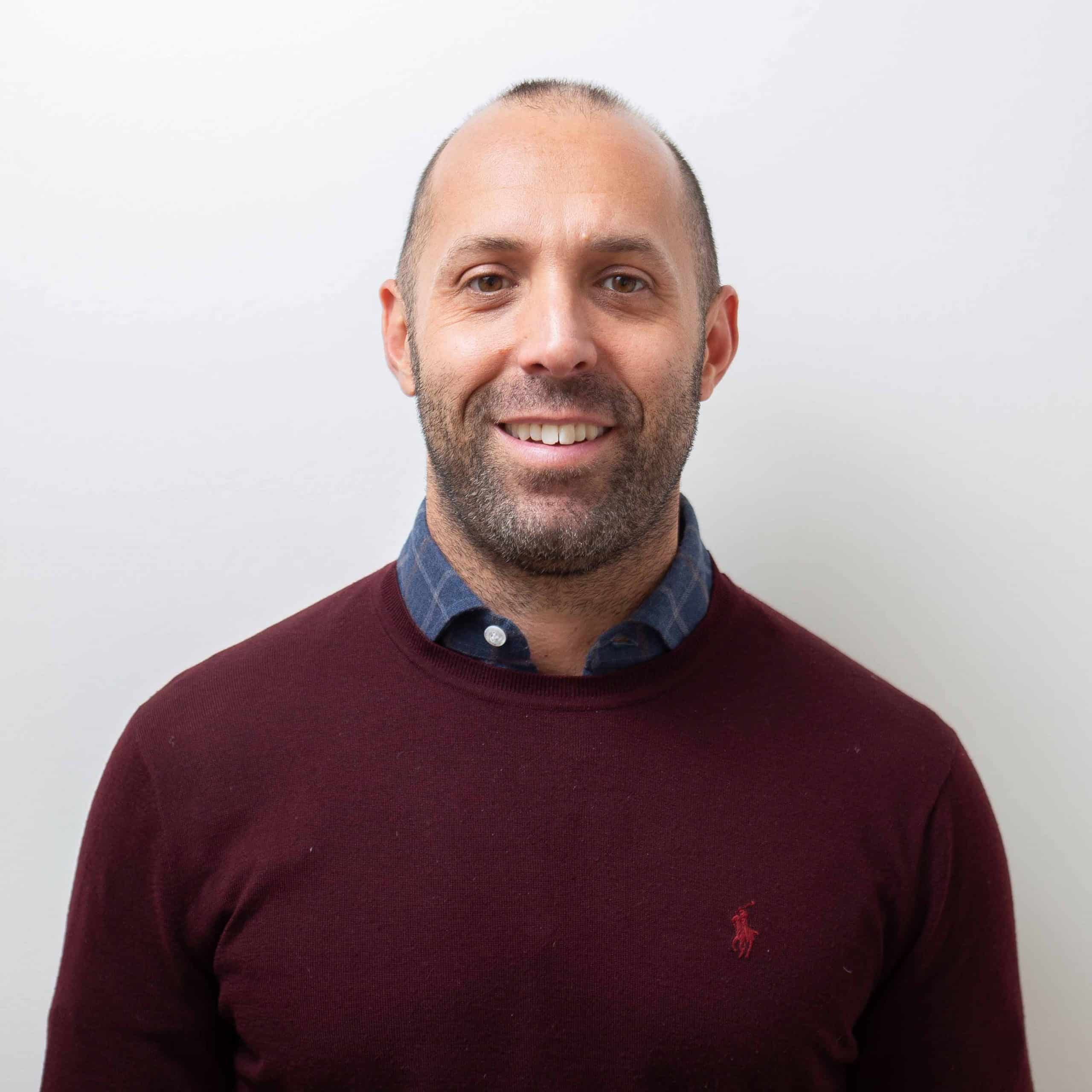Earnings season continued this week with quarterly reports from Diamond Offshore, Valaris, Shelf Drilling, and Vantage. Meanwhile, naming ceremonies were held for a newbuild drillship and a jackup rig.
In case you missed it, you can access our previous Rig Market Roundup here.
Contracts
Offshore drilling contractor Diamond Offshore reported a net loss of $145 million for the third quarter of 2023, down from second quarter 2023 income of around $238 million. The company also announced $240 million in new contracts, including a new plugging and abandonment (P&A) campaign for 3,000-ft Ocean Patriot and options exercised for 10,000-ft Ocean GreatWhite. Diamond Offshore reported third quarter 2023 revenue of $245 million, down from $282 million in the previous quarter. The quarter-on-quarter decrease was primarily attributed to 12,000-ft drillship Ocean BlackHawk completing its contract in Senegal and being in the shipyard for the duration of the quarter, along with semisubmersible Ocean Patriot being between contracts. This was offset by the 6,000-ft semisubmersible Ocean Apex returning to work after completing surveys and other yard time. President and CEO Bernie Wolford, Jr., stated “Our business continues to benefit from improving energy industry fundamentals. As we enter the fourth quarter, we see a continuation of positive indicators of a strong and lasting upcycle, including growing rig demand, increased investment in offshore upstream projects, and shrinking rig availability. Particularly encouraging is the increased demand we are seeing in the UK sector.” Wolford added that the company now has $1.6 billion of backlog with notable dayrate improvements as its fleet transition to new contracts. Diamond Offshore has signed a contract with TAQA for a 35-well P&A campaign in the UK with the 3,000-ft semisubmersible Ocean Patriot. This represents three years of firm work to commence in January 2025 with up to 17 additional P&A wells under priced options that would add a fourth year of work. Ocean Patriot is currently working in the UK North Sea. Additionally, bp has exercised its second and third options for 10,000-ft semisubmersible Ocean GreatWhite in the United Kingdom, extending the rig’s contract term until August 2024. Diamond’s third quarter results also included a $6.5 million pre-tax loss on extinguishment of debt as a result of the retirement of all existing debt upon the issuance of $550 million of senior secured second lien notes at a lower interest rate and later maturity date than the company’s previous outstanding debt.
Well decommissioning specialist Well-Safe Solutions has signed an agreement with Spirit Energy to add a well from the Appleton field off the UK to the existing scope of the 1,200-ft Well-Safe Defender semisubmersible rig. This project will add approximately one month of work to the backlog of the Well-Safe Defender, which mobilised earlier this year to plug and abandon (P&A) 14 wells on the UK continental shelf for Spirit Energy. The addition of the Appleton well, for an undisclosed value, follows the successful decommissioning of wells in the Chestnut and Trees fields, with the latter currently ongoing. The Appleton field, 160 miles east of Dundee, was originally discovered in 1997 by Amoco and Amerada Hess. The unit is also one of two with a multi-year framework agreement with Apache, providing the operator with access to book wells into Well-Safe’s campaigns when required.
Drilling Activity and Discoveries
Equinor has made a commercially viable gas discovery by the Gina Krog field in the North Sea off Norway. The discovery is small, but gas production can start as early as 2023. The recoverable volumes are estimated to be between 5 and 16 million barrels of oil equivalent. Equinor is the operator with KUFPEC and PGNiG as partners. The well was drilled with Shelf Drilling’s 500-ft jackup Noble Lloyd Noble, which is expected to roll off its current contract with Equinor this month. After that, the unit is available until its next contract with Equinor, expected to start around May 2024, by which point the rig’s name will be changed to Shelf Drilling Barsk and the rig’s management will be transferred from Noble to Shelf Drilling. The discovery is considered commercially viable, partly because it can make use of existing infrastructure by the Gina Krog platform. The well has been drilled as a development well with an exploration target, and the plan is to put the well into production during the fourth quarter of 2023. Preparations have already been carried out on Gina Krog so that the well can quickly start production. The discovery will help extend the lifetime and strengthen the profitability of Gina Krog. This is the first commercial discovery in the Gina Krog licence since 2011.
BW Energy has encountered commercial volumes of oil with the DHBSM-1 appraisal well in the Hibiscus South satellite prospect off Gabon. The company plans to return to the well to complete it as a production well in early 2024. The DHBSM-1 well was drilled from the MaBoMo production platform to a total depth of 6,002 metres. The target area is located approximately 5 kilometres southwest of the MaBoMo and was drilled by the 400-ft Borr Norve jackup rig, which has been working for the operator since December 2022. BW has recently exercised an option for the rig to keep it working off Gabon into January 2024 with further options available thereafter. Evaluation of logging data, sample examination and formation pressure measurements confirm approximately 20 metres of pay in an overall hydrocarbon column of 26.5 metres in the Gamba formation. The well data confirms that the Hibiscus South structure is a separate accumulation with a deeper oil-water contact than the nearby Hibiscus field. This will enable the company to book additional reserves not currently included in its annual statement of reserves and provide the opportunity to drill one or more additional production wells from the MaBoMo facility. Preliminary evaluation indicates gross recoverable reserves of 6 to 7 million barrels of oil and approximately 16 million barrels of oil in place, in line with the mid-case pre-drill expectations reported prior to the commencement of drilling operations.
Murphy Oil is resuming drilling at the Oso #1 exploration well on Atwater Valley Block 138 in the US GOM during the fourth quarter of 2023. The company also plans to drill and complete the Marmalard #3 well on Mississippi Canyon Block 255 during the quarter, then bring the well online in the first quarter of 2024. Noble 12,000-ft drillship Noble Valiant began its contract with Murphy in the US GOM at the end of October 2023 and is scheduled to remain with the company into December 2023. The rig is currently on location at Atwater Valley Block 138.
Speaking during a third quarter 2023 results Q&A, executives at Shell said that the company expects to drill another exploration well and appraisal well and carry out another flow test offshore Namibia over the next six to nine months, as the company moves towards understanding a development pathway for its Namibia assets. Shell is currently working in Namibia’s Orange Basin with the Odfjell Drilling-managed 7,500-ft semisubmersible Deepsea Bollsta. The company has already drilled five exploration wells, an appraisal well and carried out a successful flow test offshore Namibia. Shell executives said that roughly a quarter of its deepwater exploration spending in 2023 and 2024 was going towards Namibia.
Partners in PL248 C licence, located in the North Sea offshore Norway, have assigned the 2,460-ft COSLPromoter semisub to drill the Toppand East well next year. The licence is operated by Equinor, with Wellesley Petroleum and Petoro participating as partners. The partnership has now signed a Rig Assignment Agreement for the COSLPromoter to drill Toppand East in H1 2024. Wellesley will operate the drilling of the prospect on behalf of the licence partners. The semisub has been working for Equinor in Norway for years, and the operator has recently added another firm year of work to its backlog, starting in Q1 2025, as well as options for further four years. This could keep the rig busy with Equinor until 2030. Toppand East is a low-risk appraisal target following Toppand discovery from January 2022. Toppand will be developed with two oil producers and a water injector as part of the FANTA project. Chris Elliott, CEO of Wellesley, says that Toppand East is an attractive ILX target that has the potential to add significant volumes to Toppand and to the Ringvei Vest area development.
CGX Energy and Frontera Energy, the majority shareholder of CGX and joint venture partner of CGX in the Petroleum Prospecting Licence for the Corentyne block offshore Guyana, have announced the discovery of a total of 114 feet (35 metres) of net pay at the Wei-1 well. These results demonstrate the potential for standalone shallow oil resource development across the block. The JV has discovered a total net pay of 342 feet (104 metres) to date on the Corentyne block. Houlihan Lokey, an investment bank and capital markets expert, is supporting the active pursuit of strategic options for the block, including a potential farmdown. The Wei-1 well, located approximately 14 kilometres northwest of the JV’s previous Kawa-1 discovery announced in 2022, was drilled by the 10,000-ft Noble Discoverer semisubmersible in water depth of about 1,912 feet (583 metres) to a total depth of 20,450 feet (6,233 metres). Total costs are now estimated to be within $185-190 million. The Wei-1 well targeted Maastrichtian, Campanian, and Santonian aged stacked sands within channel and fan complexes in the northern section of the Corentyne block. The JV’s data acquisition programme at the Wei-1 well included wireline logging, MDT fluid samples, and sidewall coring throughout the various intervals. Based on this and additional information provided through the independent laboratory analysis process, the JV reported that, in the Maastrichtian, Wei-1 test results confirm 13 feet (4 metres) of net pay in high quality sandstone reservoir with rock quality consistent with that reported in ExxonMobil’s Liza discovery on Stabroek block. Fluid samples retrieved from the Maastrichtian and log analysis confirm the presence of sweet medium crude oil with a gas-oil ratio (GOR) of approximately 400 standard cubic feet per barrel. In the Campanian, petrophysical analysis confirms 61 feet (19 metres) of net pay almost completely contained in one contiguous sand body with good porosity and moveable oil. Oil sampled during MDT testing as well as samples analysed downhole confirm the presence of light crude oil. In the Santonian, petrophysical analysis confirms 40 feet (12 metres) of net pay in blocky sands with indications of oil in core samples. The JV believes that these horizons may offer additional upside potential in the future. Based on results from the Wei-1 and Kawa-1 wells, the JV retained SIA, a Subsea 7 – Schlumberger JV, to complete a conceptual field development plan for the northern portion of the Corentyne block including subsea architecture, development well planning, production and export facilities and other considerations. Additional appraisal activities will be required before commerciality can be determined. While such additional appraisal activities will be necessary, the JV believes that a potential development of the Maastrichtian horizon may have lower associated development costs and be completed on a faster timeline than a broader development of both the shallow and deep zones on the entire Corentyne block.
Demand
United Oil & Gas is seeking to secure an extension of its Walton Morant licence in Jamaica as it’s engaging with a potential partner to take part in the drilling of an exploration well on the licence. United is currently engaged in discussions with a preferred potential partner that has been identified through the farmout process to participate alongside United in the Walton Morant Licence. Furthermore, the company is engaging with the Jamaican authorities to secure an extension to the current licence period, which expires at the end of January 2024, so as to provide sufficient time to progress additional technical work on the block to support the drilling of an exploration well. The Colibri prospect located in the Walton Morant Licence contains a mean prospective resource of 406 mmbbls.
Mobilisation/Rig Moves
Valaris 12,000-ft drillship Valaris DS-8 has arrived in Brazilian waters after undergoing reactivation in Las Palmas in the Canary Islands. The rig is preparing for a three-year contract with Petrobras to begin in February 2024. The 7th generation drillship had been cold stacked in the Canary Islands since 2020. Reactivation began in February 2023 once the rig secured the new contract with Petrobras and was completed in late October 2023. Valaris DS-8 will now undergo acceptance testing in Brazil before starting work with Petrobras around February 2024.
Stena Drilling has held a naming ceremony for the 12,000-ft newbuild drillship Stena Evolution at the Samsung Heavy Industries yard in Geoje, South Korea. After its delivery, Stena Evolution will move to the US GOM for a five-year contract with Shell, scheduled to begin in the second quarter of 2024. Shell also has options to extend the contract. The rig was originally ordered in 2014 by Ocean Rig and was previously named Ocean Rig Crete.
ARO Drilling and International Maritime Industries (IMI) held a naming ceremony for a newbuild jackup rig, Kingdom 1, in Saudi Arabia on 9 November 2023. The jackup Kingdom 1 is the first Saudi-operated and manufactured offshore drilling rig of the 20 newbuild jackup rigs committed by ARO Drilling over ten years to meet Saudi Aramco’s offshore drilling requirements, which aligns with their strategic objectives of maintaining the security of rig supply, enhancing localization of the energy sector value chain, increasing Saudization and development of local capabilities, and supporting Saudi Arabia’s Vision 2030. Kingdom 1 was delivered on 11 October 2023 and is expected to commence its contract with Aramco in the fourth quarter of 2023. The rig is a 350-ft LeTourneau Super 116E rig design. ARO Drilling is a joint venture between drilling contractor Valaris and state-owned oil and gas company Saudi Aramco. International Maritime Industries is a joint venture created by Saudi Aramco, Lamprell, Bahri, and Hyundai Heavy Industries.
Other News
bp has started production from the Seagull oil and gas field in the UK North Sea, underpinning continued production from an offshore facility that’s been operating for 25 years. Seagull is a high-pressure, high-temperature development located on UK licence P1622 Block 22/29C. It has been developed by Neptune Energy as a subsea tieback to the bp-operated central processing facility (CPF) of the Eastern Trough Area Project (ETAP) in the central North Sea. Seagull is the first tieback to the ETAP hub in 20 years. The field is located 10 miles south of the ETAP CPF and is a four-well development. The wells were drilled with the 400-ft Valaris 248 jackup under a contract awarded back in 2019. Drilling operations started in January 2021. Production is delivered via a new three-mile subsea pipeline which connects to an existing pipeline system. A new 10-mile umbilical has been installed, linking the ETAP CPF to the Seagull field, providing control, power and communications services between the surface and seafloor. Oil from Seagull is exported through the Forties Pipeline System to Grangemouth in central Scotland and gas to Teesside via the Central Area Transmission System. The new field is expected to produce around 50,000 barrels of oil equivalent gross per day at peak production.
Kosmos Energy has increased its working interest to 90% and assumed operatorship, subject to customary government approvals, of the Yakaar-Teranga gas discoveries offshore Senegal. This follows bp’s exit from the field. Yakaar-Teranga is one of the world’s largest gas discoveries in recent years and holds around 25 trillion cubic feet (Tcf) of advantaged gas in place. Kosmos has been working with Petrosen and the Government of Senegal on a development concept that prioritises cost-competitive gas to the rapidly growing domestic market, combined with an offshore liquefied natural gas (LNG) facility targeting exports into international markets. The currently envisioned development concept is an offshore development producing approximately 550 million standard cubic feet of gas per day with domestic gas transported via pipeline to shore and export volumes liquified on a floating LNG vessel. The concept is now being optimised to best meet domestic and international requirements, after which the project will move into front-end design and engineering (FEED). As concept optimisation progresses, Kosmos’ aim is for Petrosen to participate as an equal partner in the full value chain with a greater working interest. Kosmos and Petrosen plan to evaluate potential partnership strategies with the objective of creating an aligned partnership possessing the necessary upstream and midstream expertise, coupled with access to financing and exposure to end markets.
The government of the United Kingdom has stated that it will mandate annual oil and gas licencing in the North Sea in order “to bolster UK’s energy security and reduce dependence on imports from overseas.” The UK government said that legislation to be set out this week would require the UK’s North Sea Transition Authority (NSTA) to invite applications for new production licences on an annual basis. According to the government, the licencing rounds will take place if the UK is projected to import more oil and gas from other countries than it produces at home and if the carbon emissions associated with the production of UK gas are lower than the equivalent emissions from imported liquefied natural gas. If both these tests are met, the NSTA will be required to invite applications for new licences annually. The legislation is being proposed by the current government, led by Prime Minister Rishi Sunak of the Conservative Party. The UK’s next general election must take place by 28 January 2025.
The UK’s North Sea Transition Authority (NSTA) has sent an open letter to licensees in UK waters, reminding them of obligations to decommission wells “in a timely manner.” The NSTA stated that is concerned at the number of deferrals for well decommissioning activities that are being sought and called current compliance with its guidance “patchy.” In the letter, the NSTA said that it had reviewed data and found that “a considerable number of well decommissioning activities,” some of which licensees have deferred previously and committed to execute in 2023, may not be undertaken before the end of the year. The NSTA also noted that a number of further deferrals are already being sought. The NSTA stated that it expects licensees to comply with regulatory obligations and does not normally expect licensees to request to extend suspension consents for decommissioning. The agency noted recent challenges such as inflation but said that it generally does not consider that these provide grounds to defer well decommissioning obligations and that it will only grant a deferment in exceptional circumstances, up to, but not exceeding the five-year time limit. Failure to meet a licence requirement in relation to well decommissioning may result in the matter being passed to the NSTA’s Disputes and Sanctions team.
Offshore drilling contractor Valaris Limited reported net income of $17 million for the third quarter of 2023, up from a $27 million loss in the second quarter of 2023. The company’s adjusted EBITDA increased to $40 million in the third quarter, up from $15 million in the second quarter while its revenues increased to $455 million in third quarter 2023, up from $415 million. These increases were attributed to two jackups and one floating rig commencing contracts in the third quarter after not working in the second quarter, partially offset by by an increase in unplanned downtime related to floating rigs and higher reactivation expenses. Floating rig revenues increased to $243 million from $227 million in the second quarter 2023, while jackup revenues increased to $166 million from $145 million. The company’s Saudi Arabian joint venture ARO Drilling saw its revenues increase to $122 million from $118 million in the second quarter. Valaris President and CEO Anton Dibowitz stated, “The outlook for Valaris is positive, with increasing demand and constrained supply tightening the market. We are confident in the strength and duration of this upcycle, and we expect to deliver meaningfully improved earnings in both 2024 and 2025 due to the impact of recent and ongoing drillship reactivations at attractive dayrates, as well as the repricing of rigs from legacy dayrate contracts to higher markets rates.” Dibowitz noted that after the reactivation of 12,000-ft drillship Valaris DS-7 is completed, the company would have 10 drillships working and would “remain disciplined in exercising our operational leverage with only one stacked drillship and two newbuild drillship options remaining.” Valaris issued $400 million of Senior Secured Second Lien Notes during the third quarter to fund the purchase of 12,000-ft newbuild drillships Valaris DS-13 and Valaris DS-14. Valaris was awarded new contracts and extensions with associated contract backlog of around $465 million during the third quarte of 2023 with additional new contracts and extensions with associated backlog of around $335 million awarded following the end of the quarter.
Rex International’s subsidiary, Lime Petroleum, has entered into sale and purchase agreements with DNO Norge and OKEA to acquire 10.7212% and 6.2788% interests, respectively, in PL740 in the Norwegian North Sea, in which the Brasse field is expected to start commercial production in 2027. The operator, OKEA, reports recoverable resources in Brasse to be 21 to 29 mmboe (3.39 million cubic metres to 4.58 million cubic metres), of which 25 to 30% is gas. The farm-in of a total 17% interest in PL740 will accordingly result in some 4 mmboe of contingent resources net to Lime. The farm-in is conditional on customary governmental approvals and Lime expects that completion will take place at the end of 2023 or early 2024. The Brasse field is located in shallow water on the Norwegian Continental Shelf just south of the Brage field where Lime holds a 33.8434% interest. The partnership has agreed on a fast-track development as a subsea tie-back to the Brage platform. A Plan for Development and Operation (PDO) is expected to be submitted to Norwegian authorities in early 2024. Production start-up is possible in early 2027.
Suriname’s state-owned oil and gas company, Staatsolie, has announced a round of competitive bidding for 11 new blocks offshore Suriname. The blocks are in the nearshore to shallow offshore areas, in water depths up to 150 meters, located south of the deepwater discoveries and north of the onshore producing oilfields. The bid round was launched on 7 November 2023 with the commencement of the Bidder Authorisation process. The data room will open from 18 December with bids required by 31 May 2024. Previously, Suriname’s 2022-2023 Demerara Bid Round officially closed for bid submissions on 31 May 2023 with qualified bids received for three of the six blocks offered from several companies and/or consortia.
Africa Energy Corp. has amended an existing credit facility with its lenders, increasing the amount available from $5 million to $8.3 million and extending the maturity date to 31 March 2025. Lenders include Africa Oil Corp., Deepkloof Limited, Lorito Doraline, Lorito Floreal, Lorito Arole, and Lorito Orizons. The proceeds of the loan facility will be used for the company’s funding obligations to advance the development of Block 11B/12B offshore South Africa, as well as for general corporate purposes. Block 11B/12B is operated by TotalEnergies, with QatarEnergy and Canadian Natural Resources as partners. Africa Energy holds a 4.9% effective interest in the exploration right for the block. The company owns 49% of the shares in Main Street 1549 Proprietary Limited, which has a 10% participating interest in the block. The funding allows Africa Energy to minimise shareholder dilution while the partnership advances the proposed development of the large gas condensate discoveries on the block. The Block 11B/12B joint venture has applied for a production licence and is currently negotiating the gas offtake with potential customers in Mossel Bay.
Shelf Drilling booked an increase in its quarterly profit and revenues, driven by higher utilisation and dayrates. Shelf Drilling’s adjusted revenues in Q3 2023 were $264.2 million, a 25% increase compared to $211 million in Q2 2023. The sequential increase was primarily due to higher effective utilisation across the fleet, as seven more rigs were operating for the full quarter of Q3 2023, and higher average dayrates. The company’s Q3 2023 net income attributable to controlling interest was $40.9 million, compared to $1.7 million in Q2 2023. Effective utilisation increased to 90% in Q3 2023 from 82% in Q2 2023, as two rigs started new contracts in Italy and the UK in Q3 2023, and six rigs started operations in mid-to-late Q2 2023 in India, Saudi Arabia, and West Africa. The average earned dayrate increased to $81.5k in Q3 2023 from $74.6k in Q2 2023, mainly due to five rigs in Italy, the UK, and Nigeria starting new contracts or extensions. Q3 2023 capital expenditures and deferred costs totalled $34.8 million, including $3.2 million at Shelf Drilling North Sea, which decreased by $26.1 million from $60.9 million in Q2 2023. At the end of September 2023, Shelf’s contract backlog was $2.5 billion across 34 contracted rigs, with weighted average dayrate of $83.1k.
Vantage Drilling’s financial performance has improved in the third quarter of 2023 when compared to the same period last year due to increased utilisation and higher dayrates. The company reported near breakeven net income attributable to controlling interest for Q3 2023, as compared to a net loss of $20.2 million in the same period of 2022. The company’s revenues in Q3 2023 were $103.7 million, compared to $70.96 million in Q3 2022. Ihab Toma, CEO, commented: “I am pleased to report that our financial performance for the quarter ending September 30, 2023, has significantly improved year over year. This improvement is attributed to our reduced debt level, increased fleet utilisation, and higher dayrates, showcasing our path to growth and profitability.”
Dolphin Drilling has obtained safety case acceptance from the UK’s Offshore Major Accident Regulator (OMAR) for the 1,969-ft semisubmersible Paul B. Loyd, Jr., which is being acquired from Transocean. Dolphin announced the acquisition of two semisubmersible rigs from Transocean, the Paul B. Loyd, Jr. and the 5,500-ft Transocean Leader, in June 2023. The agreement was subject to certain customary closing conditions, including the acceptance of a material change of the Paul B. Loyd, Jr. UK HSE safety case to Dolphin Drilling as duty holder. This was expected by December 31 December 2023, and obtained ahead of schedule. Following the closing of the rig acquisition, the Paul B. Loyd, Jr. will be under contract with Harbour Energy in the UK with the firm period slated to last until September 2027, plus five one-year option periods thereafter. Bjørnar Iversen, CEO of Dolphin Drilling, said the company sees strong interest in its offshore floater rigs in the UK sector. In addition to the two units being acquired, Dolphin has three other semisub rigs: one is under contract in Nigeria, one is scheduled to work in India in Q3 2024, and one is available in Norway. Dolphin is also the manager of two newbuilld semisubs under construction at Keppel FELS, the Nordic Spring and Nordic Winter.
Image credit: Well-Safe Solutions







